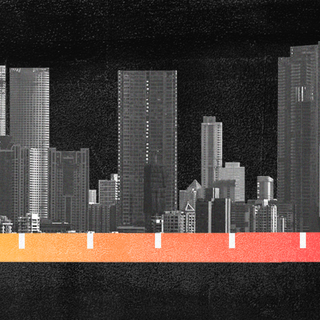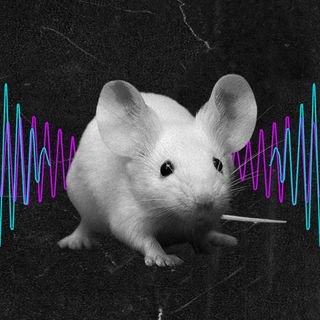It should come as no surprise by now that climate change affects everything — even the things we don’t normally associate with it. An ecological catastrophe looms over a global public health catastrophe whose effects were immediately tangible. Now, new research, published on Thursday in Nature,shows an inextricable link between the mechanics of climate change, disease spread, and ecology.
Long story short — we may no longer need to reliably wait for another century before the next global pandemic if we don’t act on climate change.
The cycle works like this: as the planet heats up, large groups of animals migrate great distances in search of cooler pastures. In the process, they may end up in closer proximity to human beings, which in turn could trigger viral “jumps” that can lead to pandemics. The study outlines “… projections of geographic range shifts for 3,139 mammal species under climate change and land use scenarios for the year 2070.”
Previously, the concern was limited to just markets and the import and export of animals — sick ones among them — spreading diseases to far-flung places. “… markets aren’t special anymore; in a changing climate, that kind of process will be the reality in nature just about everywhere,” said the study’s lead author Colin Carlson, from the Center for Global Health Science and Security at Georgetown University Medical Center.
The present study is the first comprehensive analysis of how climate change can “restructure the global mammalian virome,” Science Daily reports. As per the researchers, viruses will have greater opportunities to crop up in new areas through the movement of animals — making many more people vulnerable to the likes of Ebola and other coronaviruses.
Related on The Swaddle:
Why We Keep Ignoring Crisis Warnings
The devil is in a particular detail known as “host jumping.” Essentially, viral pathogens infect a certain species “jump” to another species that is closely related — forming an evolutionary chain-link of disease spread. But some pathogens begin in one species and end up in a different one, taxonomically speaking. Now, scientists are raising the alarm on a potential situation in which pathogens — due to close proximity — can “skip” hosts to reach humans faster. Under climate change, the number and variety of pathogens may also become harder to keep track of.
“At least 10,000 virus species have the capacity to infect humans, but at present, the vast majority are circulating silently in wild mammals. However, climate and land use change will produce novel opportunities for viral sharing among previously geographically-isolated species of wildlife,” notes the paper.
Related on The Swaddle:
Scientists Discover 15,000‑Year‑Old Viruses in Melting Tibetan Glaciers
“This mechanism adds yet another layer to how climate change will threaten human and animal health,” said the study’s co-lead author Gregory Albery, from the Department of Biology in the Georgetown University College of Arts and Sciences.
Scientists are particularly concerned about the movement of bats — noting that Southeast Asia is more vulnerable to the effects of “host jumps.” Bats have been known to be a “key source” of human viruses — but a previous study in Nature also argues that disease surveillance should extend beyond this species and focus on “regions of high biodiversity.” But with biodiversity shifting and evolving under the pressures of heat, this could mean changing our strategy to predict — and prevent — future epidemics and pandemics. “We predict that species will aggregate in new combinations at high elevations, in biodiversity hotspots, and in areas of high human population density in Asia and Africa, driving the novel cross-species transmission of their viruses an estimated 4,000 times,” the paper suggests.
“It’s a really stunning example of just how well we can, actually, predict the future if we try,” the researchers further noted.
For now, they recommend combining animal disease surveillance with real-time environmental change studies. “Trying to spot these host jumps in real-time is the only way we’ll be able to prevent this process from leading to more spillovers and more pandemics,” Carlson added.




